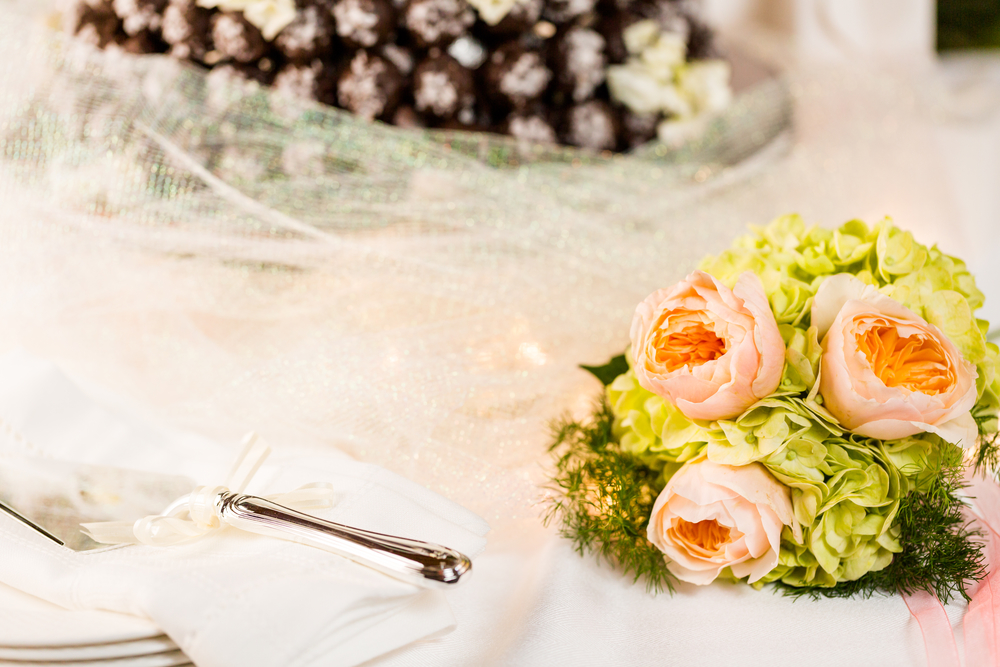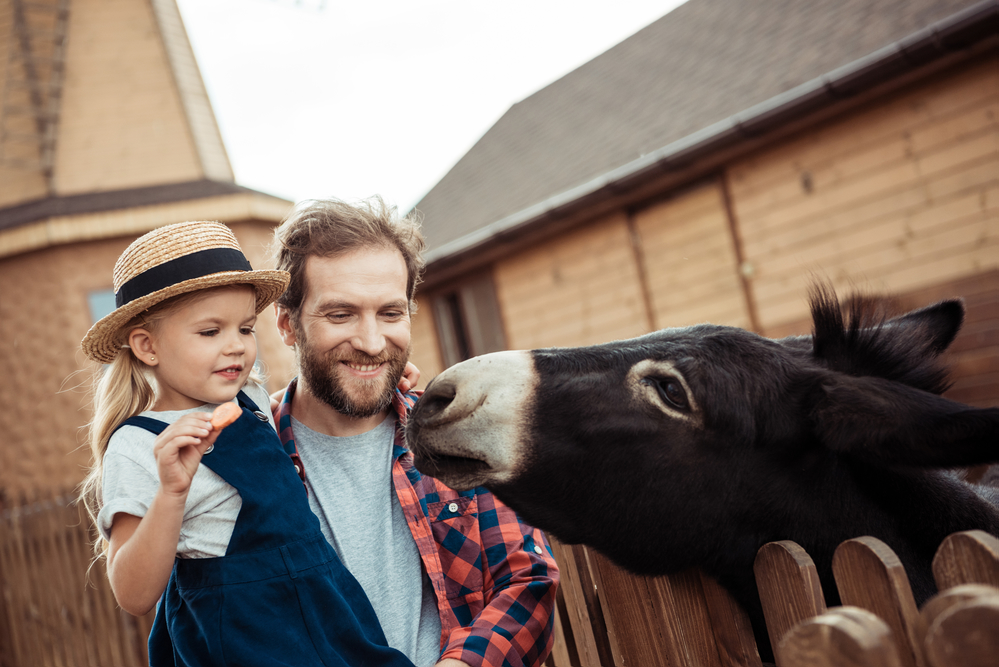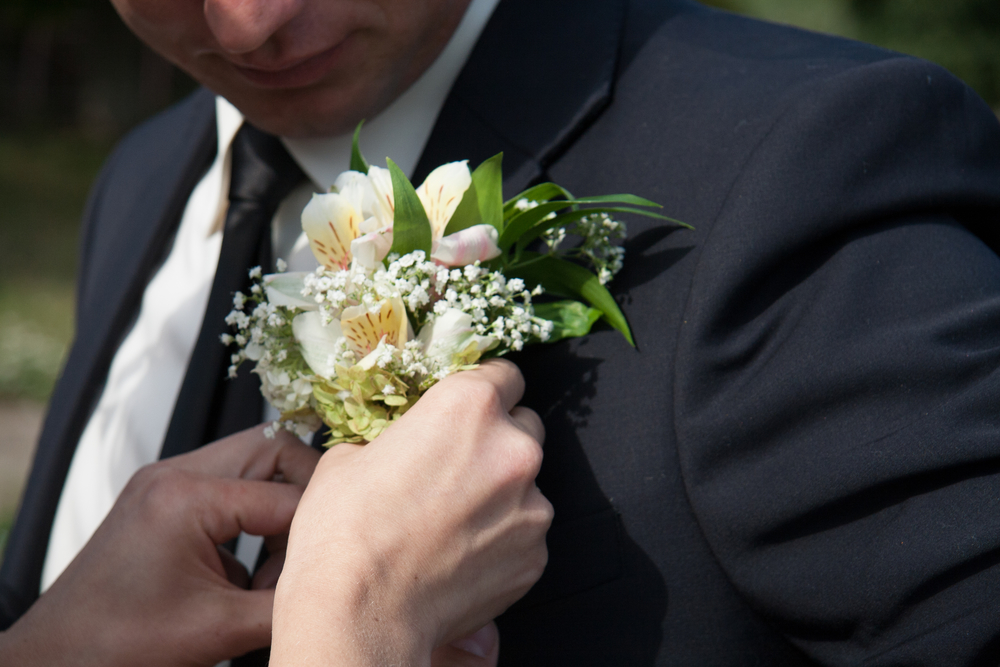Just outside of Galway, on the west coast of Ireland, the fishing village of Claddagh lays claim to the ring that bears its name. First produced in the early 17th Century, there are tales that the designs date back to Roman times. In Rome, when two right hands were clasped the gesture symbolized marriage. This custom gave rise to the “fede” rings or “hands in trust” rings that grew to be quite popular in Europe during the Middle Ages.
The Irish version is traditionally given in friendship, to celebrate an engagement, or to be worn as a wedding ring. The two hands hold a heart, which typically is headed by a crown. The heart symbolises love, the hands friendship and the crown loyalty, all of which make an excellent basis for marriage.
The placement of the ring also gives a clue as to the availability of the wearer. If worn on the right hand with the heart facing in, the wearer is in a relationship. It the heart faces outward, the heart of the wearer has not yet been captured and they are available. Worn on the right hand with the heart facing out indicates an engagement and facing inward, the wearer is married.
When the Irish had to leave their island in search of work and a better life, the Claddagh ring was one piece of their heritage that followed them around the globe. Whether given in friendship or as a symbol of romantic love and commitment, these tiny circles of gold or silver are an unmistakeable symbol of Ireland and its people.













